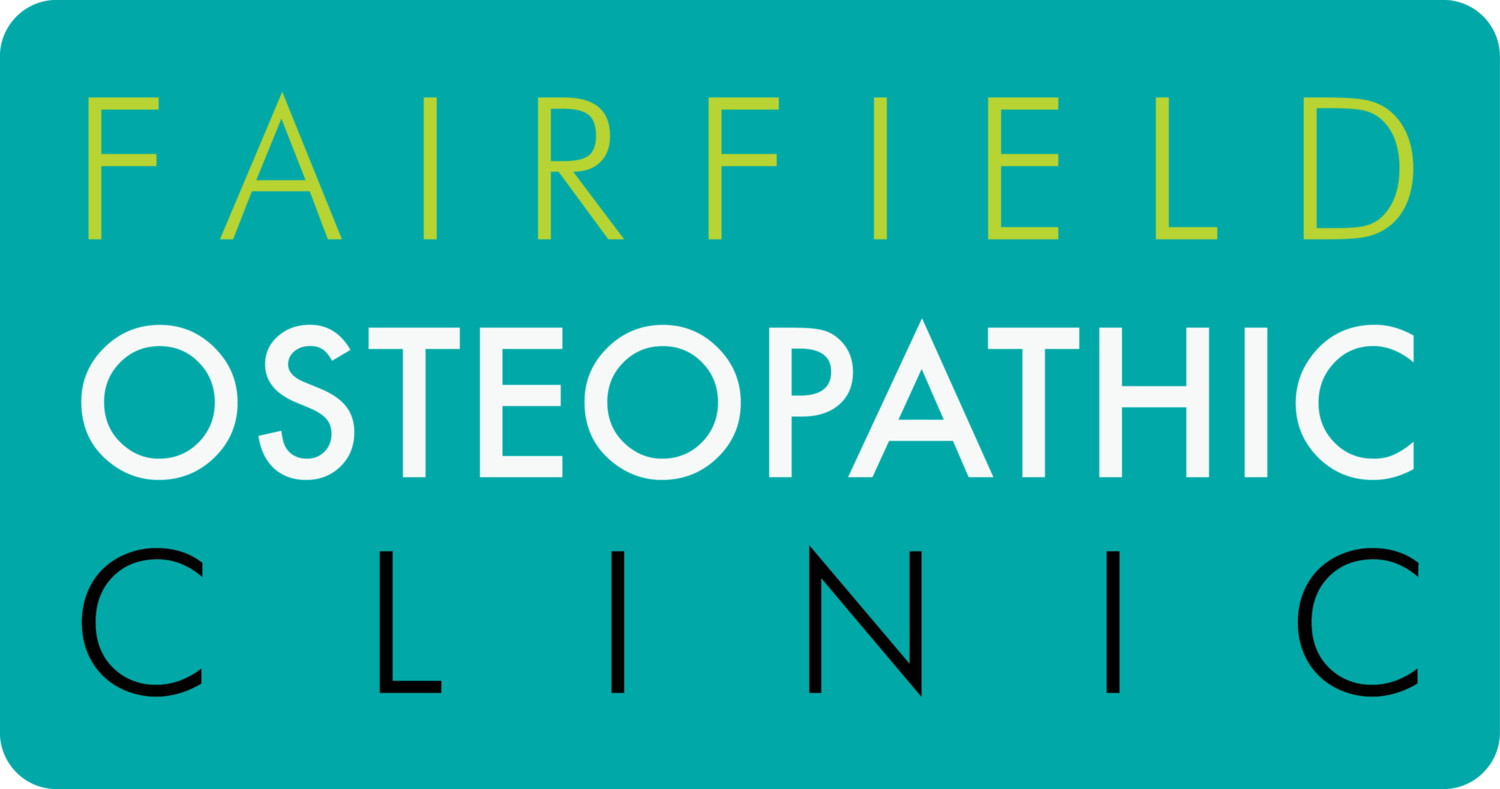Blocked Drains?
Manual Lymphatic Drainage
Manual Lymphatic Drainage (MLD) is an interesting example of a specific massage technique. It is purported to reduce swelling and is used to treat patients suffering from lymphoedema, or swelling of one or more limbs.
Lymphoedema can occur due to compromise or partial failure of the lymphatic system.
WHAT IS THE LYMPHATIC SYSTEM?
The lymphatic system is a complex network of tiny channels throughout the entire body. It’s primary function is drainage, circulation and filtration of fluid throughout the body and it also plays a significant role in immune response. In general, movement of the body creates the “pumping action” required to propel lymphatic fluid through this system.
Occasionally, underlying factors reduce the ability of the body to remove fluid. Factors including medication, disease, pregnancy, excessive weight or trauma. It is also frequently seen as a complication of mastectomy after lymph node removal or other surgical procedures.
WHAT HAPPENS IN AN MLD TREATMENT
MLD is a specialised technique in some practitioners’ tool belts. It is a fairly technical process and practiced by no more than a few hundred therapists in Australia. Petra Miliankos, the Myotherapist at Fairfield Osteopathic Clinic, outlines her approach to MLD:
“When the body gets into the position of not being able to clear fluid on it’s own, an external force (in this case a qualified human) can help remove the barriers to fluid removal.
When you learn MLD you study the movement of fluid along the channels from the tips of the toes and fingers in toward the main ducts in the pelvis and torso. By applying precise, gentle, rhythmic strokes along lymphatic pathways you can help move fluid through the channels.”
WHAT DOES THE RESEARCH SAY?
STUDY OF FOUR WEEKS OF MLD TREATMENT
One study (1) followed short-term MLD (over four weeks) and showed it can ameliorate chronic venous insufficiency severity, oedema, symptoms (fatigue and heaviness), pain and quality of life. Interestingly, the changes you might normally measure like range of motion, leg volume and strength showed no improvement. Quality of life measurements are extremely important, especially for the patient, and are often overlooked in studies.
But wait - doesn’t everyone feels better for a short time after a hands on treatment? True, however the patients in this study reported continued improvement four weeks after the last treatment. Petra said this confirms her experience:
“Anecdotally, clients report feeling better despite not meeting a drastic reduction in limb size. But this perceptual shift can be an important step towards self-management. A recent example is after only three treatments one of my clients felt significantly more mobile and confident enough to pursue an increase in exercise. She is now swimming twice a week at Northcote Pool. I’d say that’s a very positive outcome.”
FURTHER RESEARCH?
A 2015 literature review (2) confirmed the mixed outcomes in the evidence for MLD. There remains no gold standard protocols for the treatment of lymphoedema, so an individualised and clinically reasoned approach, like MLD, remains a valid option.
If you would like to speak to Petra to discuss whether MLD might benefit you, please call the clinic on 03 9489 0981 or book online.
(1) Dos Santos Crisotomo, R.S., Costa, D.S.A., de Luz Belo Martins, C., Fernandes, T.I.R., Armada-da-Silva, P.A. (2015). Influence of Manual Lymphatic Drainage on Health-Related Quality of Life and Symptoms of Chronic Venous Insufficiency: A Randomized Controlled Trial. Archives of Physical Medicine and Rehabilitation, 96(2); 283-291
(2) Finnane, A., Janda, M., & Hayes, S.C. (2015). Review of the evidence of lymphedema treatment effect. American Journal of Physical Medicine & Rehabilitation, 94(6): 483-498

